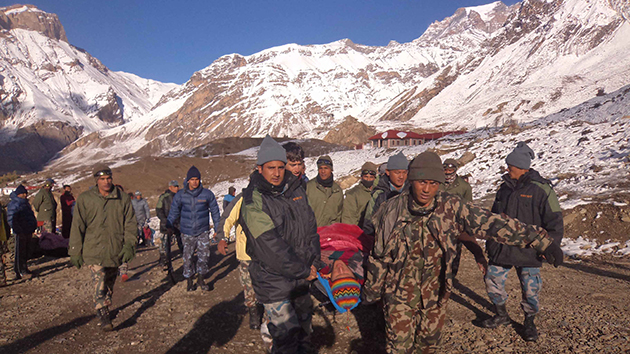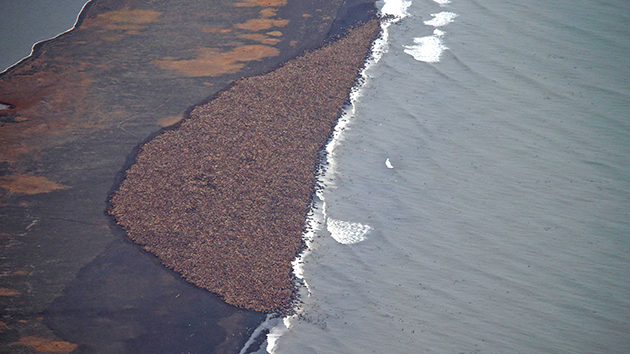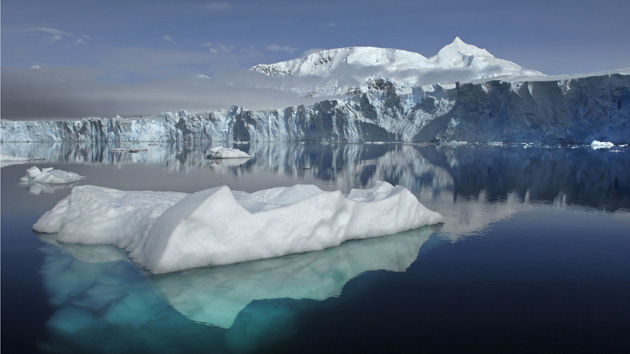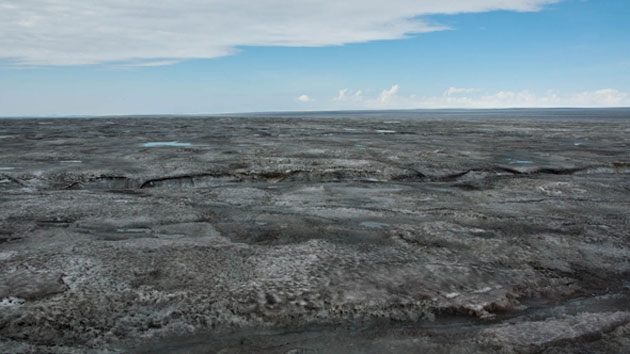
Rescue workers carry the body of an avalanche victim at the Thorong La Pass in Mustang, Nepal, on October 15.Rex Features/AP
Hikers on one of Nepal’s most popular mountaineering routes may have had a deadly face-off with climate change this week, when a freak storm swept in and triggered an avalanche that killed at least 27 people.
Rescue work is underway for dozens of hikers who are still missing. October is typically a time for clear skies in Nepal, and already some scientists are pointing a finger of blame at global warming for the unseasonable storm. From the Toronto Star:
The current situation in Nepal — the incessant rain, blizzard and avalanche — appears to have been triggered by the tail of Cyclone Hudhud in neighboring India. The cyclone, reports suggest, was among the strongest storms recorded off the Indian coast.
“Storms in that region are getting stronger,” said John Stone, an IPCC lead author and adjunct professor at Carleton University in Ottawa. “It is not inconsistent with what scientists have been saying.”
The International Centre for Integrated Mountain Development, a regional agency based in Kathmandu that serves eight countries, said in a May report — just weeks after the April avalanche on Mt. Everest — that rising temperatures have shrunk Nepal’s glaciers by almost a quarter between 1977 and 2010, with an average of 38 square kilometers vanishing annually.
The report said that besides bringing more intense and frequent floods, avalanches and landslides affecting millions of people living in remote mountain areas, such changes could also hit adventure-seeking mountaineers.
As if summitting a giant Himalayan peak wasn’t scary enough already.















